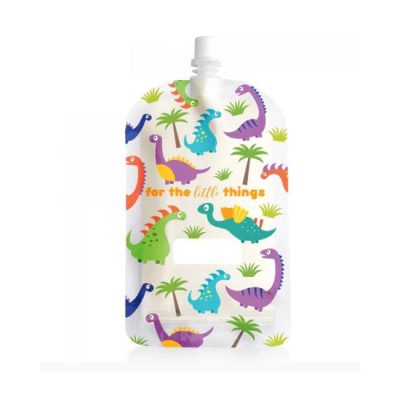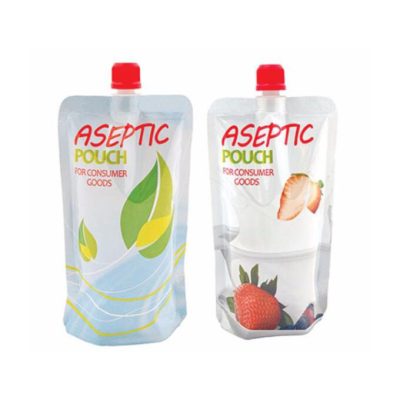1. Physical protection
The food stored in the packaging bag needs to avoid squeezing, impact, vibration, temperature difference and other phenomena.
2. Shell protection
The outer shell can separate food from oxygen, water vapor, stains, etc., and leakage prevention is also a necessary factor in packaging design. Some packages include a desiccant or deoxidizer to extend the shelf life. Vacuum packaging or removing the air from the packaging bag is also the main food packaging method. Keeping food clean, fresh and safe during the shelf life is the primary function of the packaging bag.
3. Package or pack into the same package
Stuffing small objects of the same type into one package is a good way to save volume. Powder and granular objects need to be encapsulated.
4. Convey information
Packaging and labeling tell people how to use, transport, recycle, or dispose of packaging or food.
5. Marketing
Marketing often uses box labels to encourage potential buyers to buy goods. Packaging design has become a pivotal and ever-changing phenomenon for decades. Marketing communications and graphic design are applied to the outer box and (for some reasons) the highlights of the sales presentation.
6. Food safety
Packaging can play an important role in reducing transportation safety risks. Packing bags can also prevent food from being included in other commodities. Food packaging can also reduce the possibility of food being stolen. Some food packaging is strong and has anti-counterfeiting labels, which protect the interests of businesses from loss. The packaging bag can have laser marking, special color, SMS authentication and other labels. In addition, in order to prevent theft, retailers have affixed electronic surveillance labels on food packaging bags, waiting for consumers to get them at the outlet of the store for demagnetization.
7. Convenience
The packaging may be easy to add, load and unload, stack, display, sell, open, repack, use and reuse.
8. Partial control
A single package helps to control the overall situation.




















